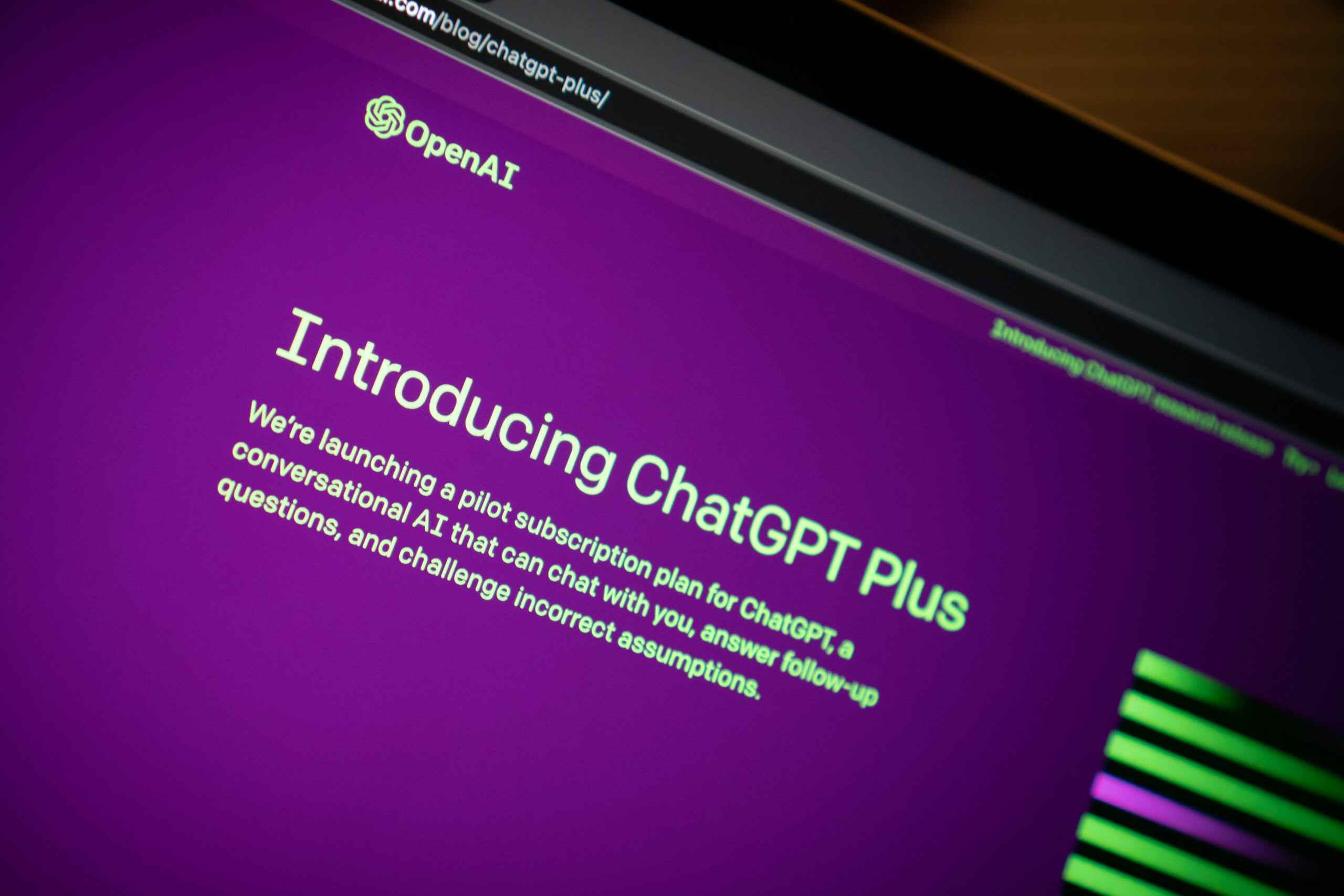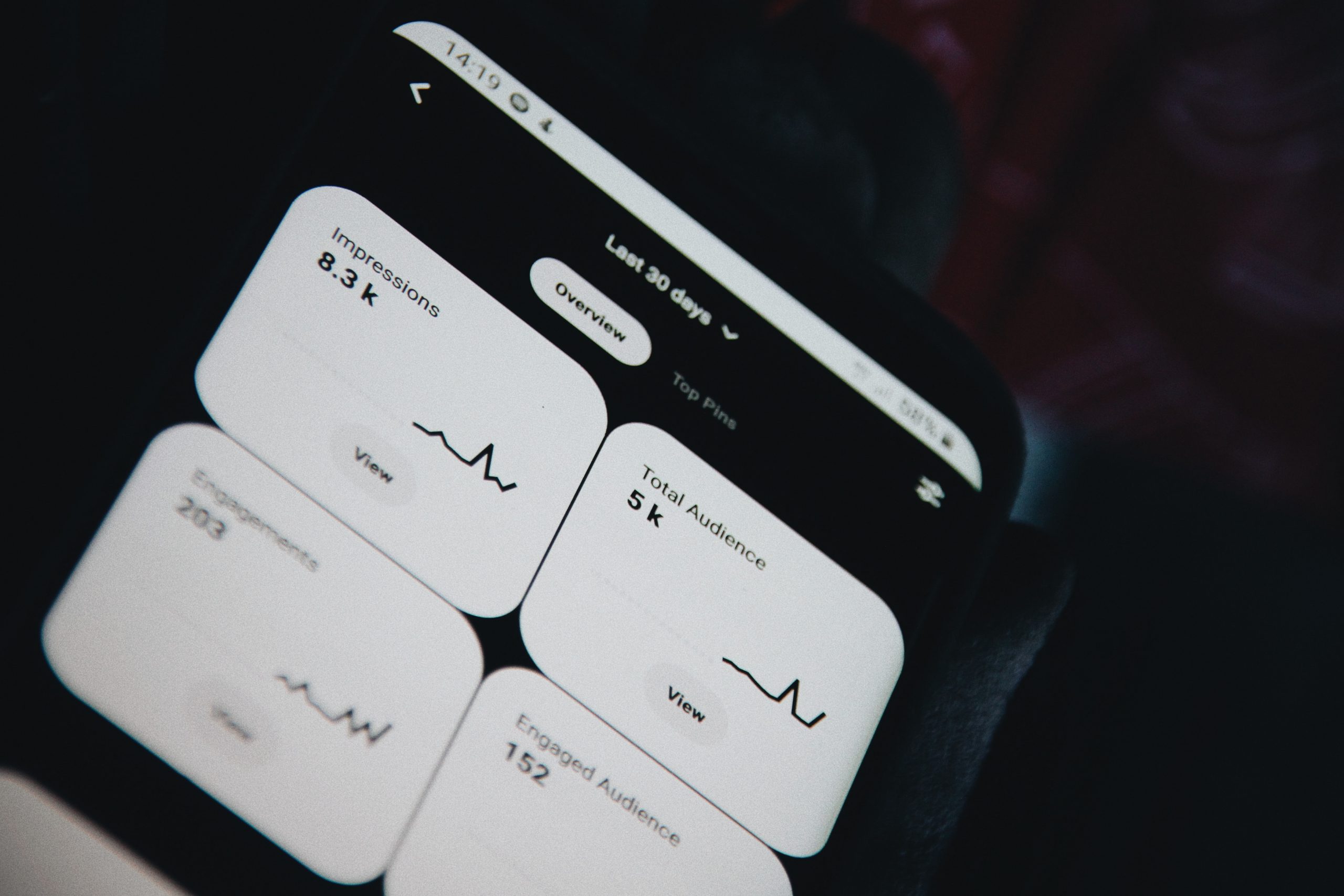In the realm of advancing AI tools, professionals across diverse domains can harness their potential. This article spotlights the utility of ChatGPT for product managers, showcasing how it accelerates workflow efficiency. WeSoftYou, with its extensive experience, unveils the transformative impact of integrating ChatGPT into product management processes.
Key Takeaways:
- WeSoftYou explores the synergy between ChatGPT and product management, unveiling the transformative impact of AI in optimizing workflows.
- Learn how ChatGPT aids product managers in idea generation, content creation, KPI development, and more, enhancing productivity and competitiveness.
What Exactly is ChatGPT?
Since its launch on November 30, 2022, ChatGPT has been one of the hottest discussion topics among marketers, IT specialists, creative professionals, and product managers. In just five days of its launch by Open AI, it crossed one million users, according to Greg Brockman, Open AI’s President and Co-Founder. Only a few months later, in February 2023, this AI chatbot attracted about 25 million daily users, according to Similarweb, and was called the fastest-growing app ever.

According to Open AI, ChatGPT is a model that interacts in a conversational way. Simply put, it’s a bot you can talk to. ChatGPT can answer your questions, complete various writing requests (and reject the ones that seem inappropriate), admit its mistakes, and do many other things in a dialogue format.
It’s like a smart interlocutor that never gets tired! However, ChatGPT has several drawbacks as well. For instance, its uneven factual accuracy and a bit of limited knowledge of the modern world with its turbulence. The latter is no surprise as the chatbot was trained on data existing before 2021. Nonetheless, it’s still worthy of your attention for various reasons.

ChatGPT can help various professionals in both creative and non-creative areas. For instance, you can check our guide about using ChatGPT for Software Developers [ChatGPT Guide for Software Developers].
The same goes for PMs. Using ChatGPT for efficient product management can help you save time, collect data on various aspects of product development quicker, and add a new tool to your CV. The most common reasons to use this chatbot in product management are the following:
- to generate new product ideas and concepts;
- to write product descriptions and user manuals;
- to create product timelines and roadmaps;
- to identify KPIs and track them;
- to develop and analyze A/B test plans;
- to generate sales and marketing materials;
- to analyze and track product performance metrics.
Let’s discuss each reason in detail.
1. ChatGPT Can Generate New Product Ideas And Concepts
One of the main reasons to use ChatGPT for product managers is to find inspiration. Even the most creative people sometimes struggle to generate fresh ideas. Moreover, thinking of a new approach to the same product could be challenging, especially if you’ve been working with it for a while already.
ChatGPT can help fix that, generating ideas that address the needs and pains of your target audience. Some of such ideas may not look new, but some may be quite unexpected.
You can also use ChatGPT in the product discovery process. The chatbot can help you research the competitor’s features, write emails to invite users to participate in interviews and create brainstorming agendas.
How To Use ChatGPT For Generating Product Ideas And Concepts
Here are several prompts to consider:
- Generate 10 new product ideas for a [product description].
- Craft a list of 10 potential product ideas for a [product description].
- Come up with 10 product concepts for a [product description] with an audience that consists of [target audience description].
- Brainstorm 10 innovative product concepts for a [product description].
- Name 10 unique features that could be added to a [product description].
Use case with a prompt “Generate 10 new product ideas for a yoga app for TikTok users”. ChatGPT’s response:

2. ChatGPT Can Write Product Descriptions And User Manuals
Another reason to use ChatGPT in product development is to optimize your writing processes. If you:
- have an extensive catalog of products that require product descriptions;
- don’t have many in-house writers or need them to work on other tasks;
- require high-quality product descriptions that clearly convey the value of a certain product;
- are a part of the startup and need to speed up processes,
you can use ChatGPT for writing. It can also help you create detailed user manuals: after all, the chatbot’s style works well for clear and detailed instructions.
Additionally, you can read our ChatGPT for Startups [ChatGPT Guide for Startups] guide to find out how the bot can help you with other areas of your startup business.
How To Use ChatGPT For Writing Product Descriptions And User Manuals
Try one of the following prompts:
- Generate an FAQ list for a [product description].
- Create a user manual for a [product description], including detailed instructions for its key features.
- Write a list of technical requirements and specifications for [product description].
- Describe specifications for [product description], including [product characteristics] (for instance, size, weight, and so on).
- Compare [product description] with its main competitors.
Use case with a prompt “Generate an FAQ list for a productivity app for users with ADHD.” ChatGPT’s response:

3. ChatGPT Can Create Product Roadmaps And Timelines
Using ChatGPT for product roadmaps and timelines can help you quicken and optimize the process at each stage. Besides helping with research and idea generation, it can help you prioritize your roadmap’s tasks, considering problems, goals, resources, and timelines.
You can also ask it to conduct a SWOT analysis to evaluate the product’s strengths and weaknesses, opportunities and potential threats, and outline them clearly.
ChatGPT can also help you to present a roadmap to the public, considering potential audiences and your target goals. If you want to structure your presentation to communicate the ideas effectively, consider contacting the chatbot for suggestions.
How To Use ChatGPT For Creating Product Roadmaps And Timelines
Check out one of these prompts:
- Write a product roadmap for a [product description], including the key milestones for the next [number of months].
- Create a detailed project plan to develop a [feature’s description].
- Generate a list of dependencies for a [product description] development.
- Outline the key metrics and milestones to measure the success of [product description].
- Write a timeline for the phasing out of [current product description] and switching to [new product description].
Use case with a prompt “Write a product roadmap for a task management app, including the key milestones for the next 3 months”. ChatGPT’s response:

4. ChatGPT Can Identify And Track Key Performance Indicators
Key performance indicators (KPIs) remain one of the most widespread approaches to evaluating the performance of individuals and teams. Despite that, it’s not always easy to come up with KPIs that are not only easily measurable but also relevant through the entire tracking period (which can take up to 6-12 months in certain companies).
Using ChatGPT for PMs is a quick and easy way to gather some ideas and insights about KPIs across various industries and departments. For example, you can ask the chatbot to outline the main KPIs for a specific role in a particular niche, adjust them according to your company’s goals and needs, and then return to the bot after a while, asking it to track the KPIs.
How To Use ChatGPT For Identifying And Tracking Key Performance Indicators
Use one of these prompts to give it a try:
- List the most important KPIs for a [product description].
- What are the KPIs for a [job description] working on a [product description] for the first months after the product launch?
- What are the main KPIs for a [job description] working in a [niche]?
- What are the key drivers of our [product description] KPIs?
- What are the key metrics to track to measure the performance of a [product description]?
Use case with a prompt “List the most important KPIs for a meditation app for millennials.” ChatGPT’s response:

5. ChatGPT Can Develop And Analyze A/B Test Plans
Although ChatGPT cannot conduct A/B tests itself, it can still help you in the process. For example, you can use it to create content for such tests: subject lines, email texts, and CTAs. You can also ask the chatbot to suggest various email formats to compare them: for instance, texts, infographics, and videos.
Besides that, the bot can also help you write a detailed A/B test plan for a particular product.
How To Use ChatGPT For Developing And Analyzing A/B Test Plans
You can start with one of those prompts:
- What are the key steps to develop an A/B test plan for a [product description]?
- How can we use A/B testing to improve the UX of a [product description]?
- Write [a number] of subject lines for A/B testing of a [product description] that highlights [product features]?
- Write [a number] of CTAs that encourage [action name] a [product description]?
- How can we analyze and interpret the results of an A/B test of a [product description]?
Use case with a prompt “How can we use A/B testing to improve the UX of a taxi app for women only?”. ChatGPT’s response:

6. ChatGPT Can Generate Sales And Marketing Materials
Sales and marketing are inevitable parts of product development. But they require a lot of content:
- press releases;
- email updates and email responses;
- social media posts;
- push messages;
- go-to-market plans;
- presentation texts;
- blog posts;
- and many more.
While you might feel that some of this content has to be created by an in-house professional, you can still use ChatGPT to optimize the rest of it. Just give it the prompt that clearly highlights all the features and benefits of the product and let the chatbot do the rest.
How To Use ChatGPT For Generating Sales And Marketing Materials
The following prompts can help you:
- Write a social media post that highlights a [product description] unique features.
- Create a data sheet for a [product description].
- Generate a marketing copy highlighting a [product description] benefits to a [target audience description].
- Write a blog post to promote a [product description].
- Generate a product description that describes the unique features of a [product description].
Use case with a prompt “Write a social media post that highlights unique features of a meal planning app for vegans.” ChatGPT’s response:

7. ChatGPT Can Analyze And Track Product Performance Metrics
Integrating ChatGPT in product strategy can help you evaluate a product’s performance. You can use the chatbot to gather data about the industry benchmarks and key metrics for customer acquisition, engagement, and retention, identify patterns and trends, and other things. The bot can also help you understand how to use such data to achieve maximum efficiency. How can product managers leverage ChatGPT for enhanced efficiency? WeSoftYou delves into the transformative synergy between ChatGPT and product management, offering insights into its applications, from idea generation to content creation, empowering professionals to streamline workflows and stay competitive in their endeavors.
How To Use ChatGPT For Analyzing And Tracking Product Performance Metrics
Here are some useful prompts:
- What are the key performance metrics for a [product description]?
- How can we measure customer engagement with a [product description]?
- What are the key metrics to measure the success of a [product description] go-to-market strategy?
- What are the industry benchmarks for [product description] performance metrics?
- How can we use data analysis to identify patterns and trends in our [product description] performance metrics?
Use case with a prompt “What are the key performance metrics for a project planning app for startup owners?”. ChatGPT’s response:

ChatGPT For Product Managers: Wrapping it up
ChatGPT and product management can find synergies. While this chatbot won’t do all the job for you, it can still help you optimize certain parts of a workflow and generally speed up the work. You can entrust the bot with content creation, idea generation, coming up with KPIs for your team and product, content structuring, and many other things.
Nonetheless, remember that in the end, it’s up to you to evaluate and approve the chatbot’s suggestions. After all, the bot is still developing and knows nothing about the world after 2021.
If using ChatGPT for product lifecycle management is worth your consideration, you can always turn to WeSoftYou for help. We can both integrate and develop a ChatGPT-based app from scratch, create a ChatGPT consulting or maintenance service to assist your needs. Moreover, we can help you master the chatbot quicker and suggest new practices for using it in your work.
WeSoftYou has been in the software development market for more than six years already, boasting over 75 successfully completed projects. We have been named top software developers by Clutch, innovators of the year by Payoneer, and breakthrough of the year by Upwork. So entrust your processes to us — and you won’t be disappointed!
FAQ
ChatGPT is a generative AI-based chatbot that can communicate with you in written form. The bot can answer your questions, collect specific data, and generate content and ideas. To achieve that, a user has to generate a certain prompt (like “write a social media post to promote a calorie counting app for Gen Z”).
ChatGPT is a game-changing technology if you know how to implement it in your work processes. It responds to all requests quickly and can help you with the complete automation of certain parts of your daily workflow. It can also help you get unstuck by offering fresh ideas and useful insights — for instance, about the target audience of your product.
ChatGPT can be used in many professions that require idea generation, research, and content creation. For instance, ChatGPT and agile product management work very well together. This innovative technology can help throughout the whole product development cycle, starting from market research and ending with KPI generation to track a product’s performance.







![How To Hire Blockchain Developers [Guide], image #9 - WeSoftYou How To Hire Blockchain Developers [Guide], image #9](https://wesoftyou.com/wp-content/uploads/2023/01/0-Hire-Blockchain-Developers_-Find-and-Choose-Your-Trusted-Crypto-Devs-Cover-Image.png)













